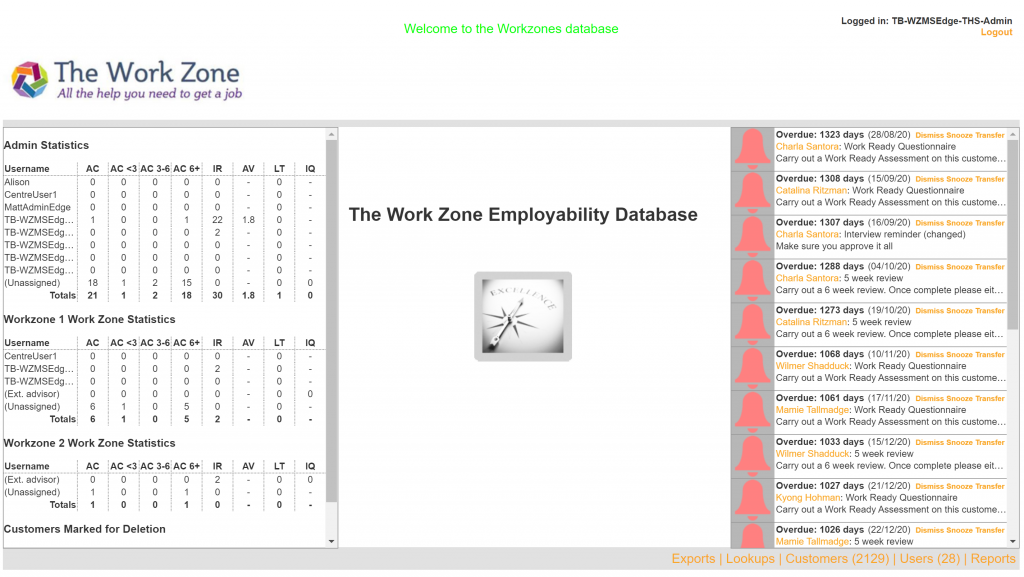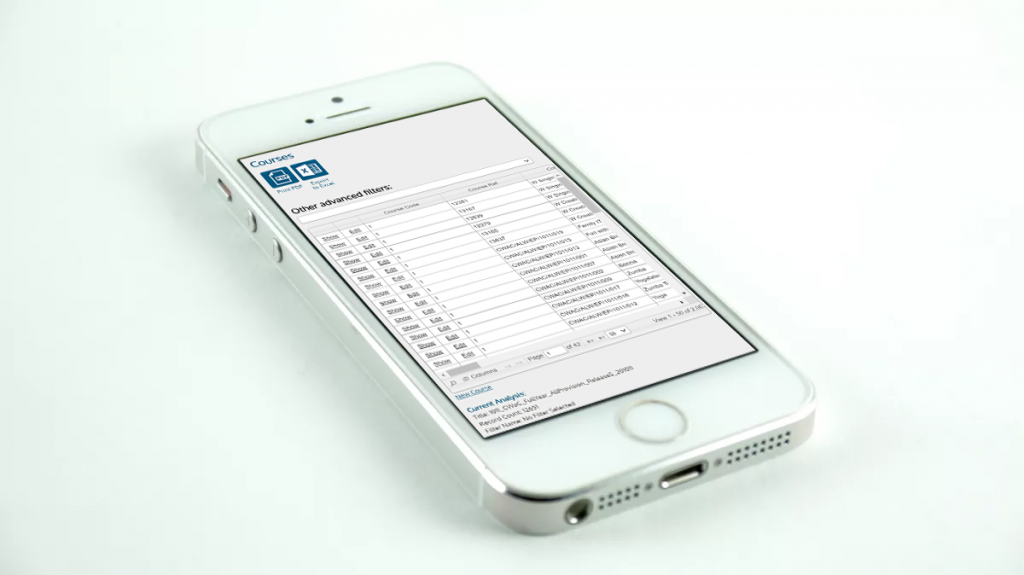From the archive – first published 27/09/2013
10 Key Principles for Successful Software Implementation
10. Maintain a Positive Approach
A can-do attitude is essential for both developers and clients. While some features may not fit within the initial budget, they should still be welcomed as future possibilities. Developers should foster an environment where new ideas are embraced rather than dismissed. Keeping a wish-list for future phases can help maintain excitement and ensure continuous improvement.
9. Fine-Tuning for a Better User Experience
Small tweaks can have a significant impact on usability. Minor adjustments, such as rewording messages, refining navigation, or changing terminology, often make the difference between functional software and a truly intuitive system. Developers should remain engaged throughout the later stages of development, incorporating user feedback to enhance the overall experience.
8. Expect Long-Term Refinements
Software development does not end at launch. Even after deployment, refinements and updates should be expected over the years. Although the workload may decrease, continual improvements ensure that the software remains effective and relevant.
7. Maintain Strong Presence and Communication
Clients should always feel supported by their developers. Clear, responsive communication is key to ensuring trust and collaboration. Developers should prioritise swift responses to emails and phone calls, addressing any misunderstandings promptly to prevent frustration.
6. Address a Genuine Need
Software should simplify processes, not just introduce new technology for the sake of it. Before embarking on a project, it is crucial to ensure that the system will provide real value and improve efficiency.
5. Use the Right Communication Channels
Different situations require different forms of communication—whether it’s email, instant messaging, phone calls, or face-to-face meetings. Developers and clients should be mindful of selecting the most appropriate method to prevent miscommunication. Additionally, both parties should recognise and address any hesitancy or avoidance in communication to maintain progress.
4. Ensure Sufficient Resources
A lack of resources, whether financial or personnel-related, can derail a project. If budget constraints arise, they should be identified early so that efforts can be focused on delivering the most valuable features. Establishing trust between developers and clients helps ensure that resources are used efficiently.
3. Build Strong Client-Developer Relationships
Trust is fundamental. Developers should maintain professionalism and provide honest recommendations, even if they are not the most profitable options. A transparent approach benefits both parties in the long run, reinforcing the credibility of the development industry as a whole.
2. React Quickly to Issues
Prompt issue resolution is essential. Even temporary workarounds can make a big difference in preventing frustration. If clients perceive that problems are ignored, they may lose confidence in the software. Quick responses to bugs and concerns build long-term client trust and satisfaction.
1. Persevere Through Challenges
Implementing new software can be challenging, but persistence is key. All systems require a period of adaptation, typically a few weeks, before users fully embrace them. Developers and clients should remain committed to refining the software until it becomes an integral part of daily operations.
By following these principles, businesses can significantly increase the success rate of their software implementations, ensuring a smoother transition, better user adoption, and a stronger return on investment.



